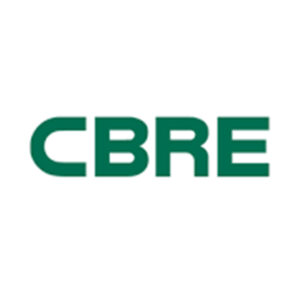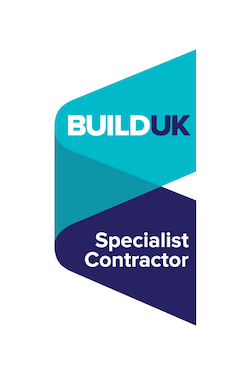Sustainability, Compostable Packaging & Your Catering Facility.
The food industry has changed dramatically over the past 5-10 years with our consumers becoming more and more aware of where their food comes from, how it is sourced and if the restaurant they are eating in has been created using sustainable materials and the ethos their chosen restaurant has towards the environment, ingredients used and whether they have biodegradable or compostable packaging.
When it comes to designing your new cafe, restaurant or commercial kitchen make sure you do your research into all the materials you are likely to use and if they have been sourced responsibly – at Ceba, we do all lot this for you and pride ourselves on creating sustainable eating environments – once your new sustainable catering facility has been created the last thing you want is to lose customers because you aren’t invested in all things sustainable and pushing this message out to your customers.
Tips to consider to create a sustainable catering facility:
- Cooks what is in season
- Grow it yourself (if you can)
- Buy local and partner with the right producers
- Keep your furniture and accessories as sustainable as possible and get certificates for all your woods if you can.
- Consider partnering with wine producers offering biodynamic, carbon-neutral and organic wines
- Use recycled paper for menus and till paper, use biodegradable/compostable packaging
- Reduce your waste
- Be passionate about your cause and promote this to your community.
In this blog, we are going to concentrate on point 6 of the above tips, specifically biodegradable packaging and disposables.
What is compostable food packaging?
A clever little packaging made, disposed of and breaks down in a way that is kinder to the environment than plastic. Made from plant-based, recycled materials that returns to soil when disposed of in the right environmental conditions. The main benefits of compostable packaging are that it requires less carbon to produce and it reduces the amount of waste going landfill – it also provides the earth with life-promoting nutrients.
Most compostability certified products become nutrient-rich compost within 12 weeks when disposed of in a BPI-certified commercial composting facility.
What is biodegradable packaging?
Biodegradable packaging completely breaks down and decomposes into natural elements within a short time after disposal – typically a year or less.
What are the benefits of using compostable food packaging?
Choosing compostable packaging is initially slightly more expensive so, it’s important for you to understand, what you get in return for your investment. There are many benefits, here’s just a few;
Social Benefits.
By using compostable packing you are appealing to consumers who are concerned about the impacts of consumption on the environment. 88% of people who took part in a study by MDPI.com* in January 2018 who want to buy products in organic packaging meaning your packaging will be more appealing to this audience. This figure is set to increase in the coming years too as younger generations are educated in the era of environmental awareness.
Financial Benefits.
As we mentioned above compostable food packing can cost a little more than standard food packaging but by taking a pro-active approach on the environment and climate change means you will see a higher return on investment. This is mainly due to the fact, that businesses using compostable packaging improve their overall brand image and provide a competitive advantage against others that are not so sustainable.
Environment Benefits.
Oh, there are many!
- Reduce the amount of carbon your business uses (your carbon footprint)
- Positive contribution to reducing levels of pollution in the air, groundwater and soil
- Divert more waste away from landfill, that is environmentally damaging
- Contribute to the UK government’s ‘Plastic Pact’
5) Reduce the amount of new/virgin materials needed to make packaging products
6) Feeds UK soils and reduces the risk of floods
* https://www.mdpi.com/

























